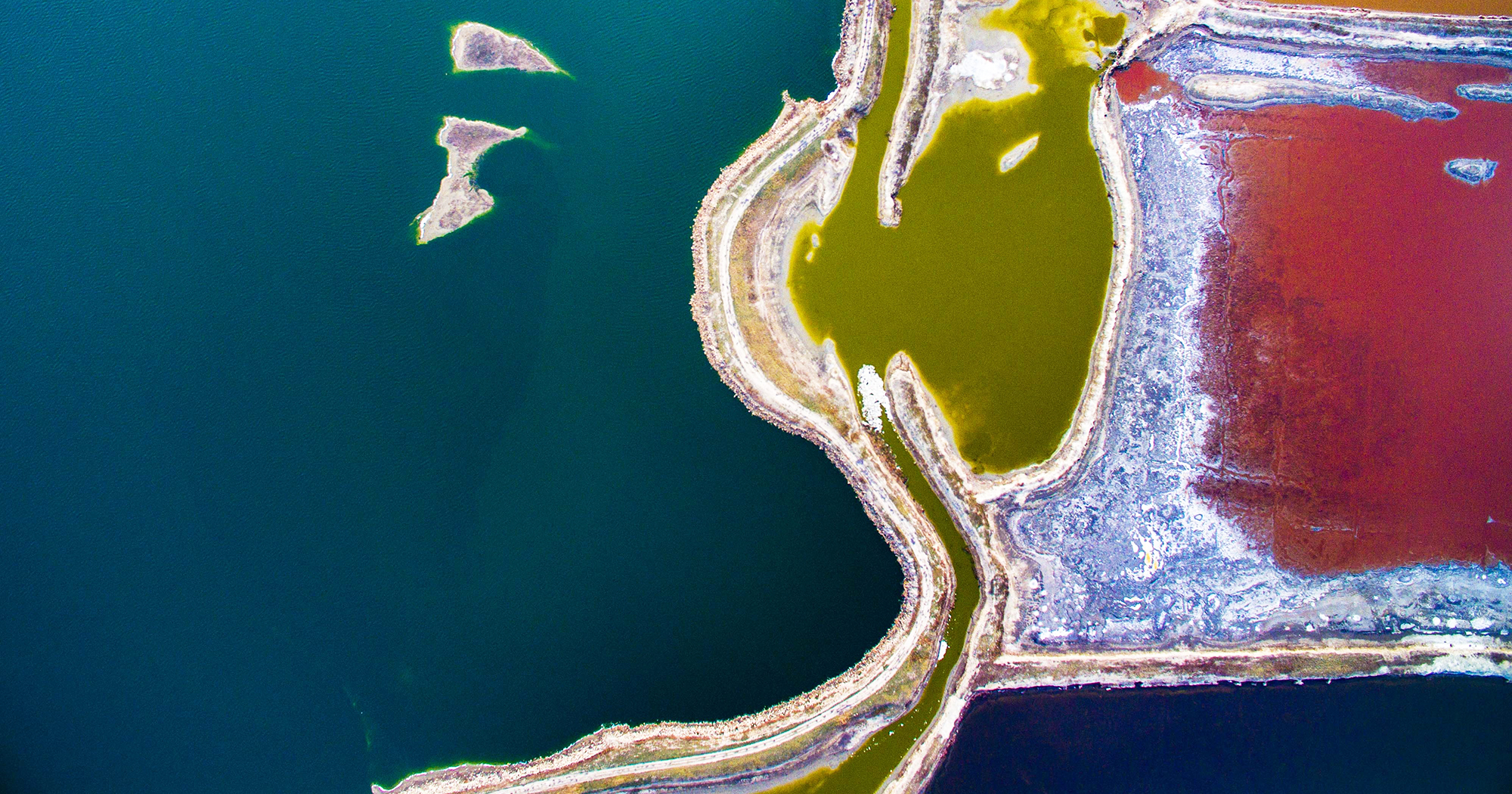
In Yuncheng, China, as temperatures rise in the spring, a salt lake known as the “China’s Dead Sea” changes colors and has become a popular tourist attraction.
The lake, which is said to be 500 million years old and spans approximately 120 square km., changes colors, particularly red, due to microorganisms called Dunaliella salina, a microalgae that appears in salt lakes in countries including the U.S., France and Iran.
In the case of Iran’s Lake Urmia, according to NASA’s Earth Observatory: “In the marine environment, Dunaliella salina appears green; however, in conditions of high salinity and light intensity, the microalgae turns red due to the production of protective carotenoids in the cells.”
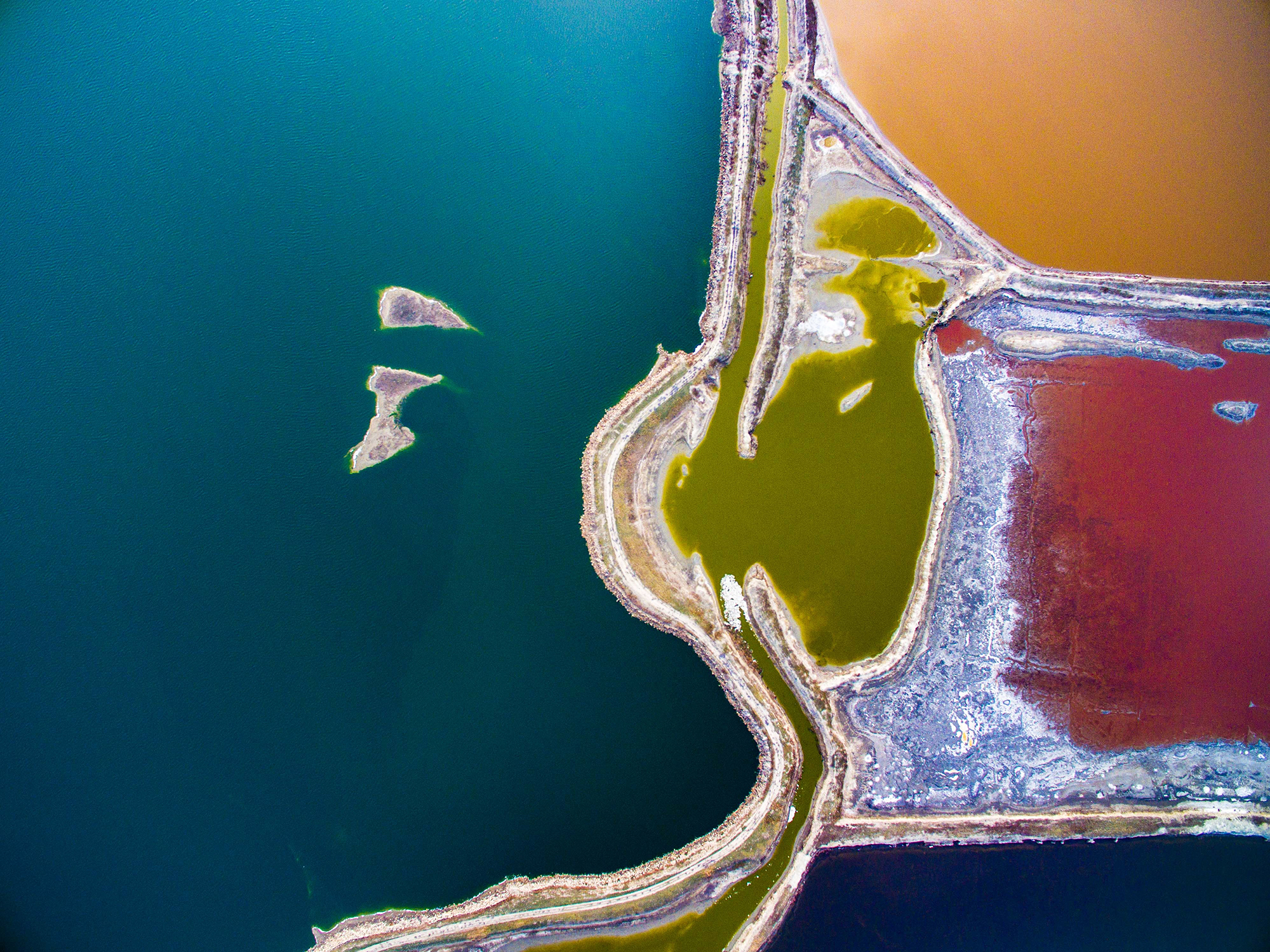
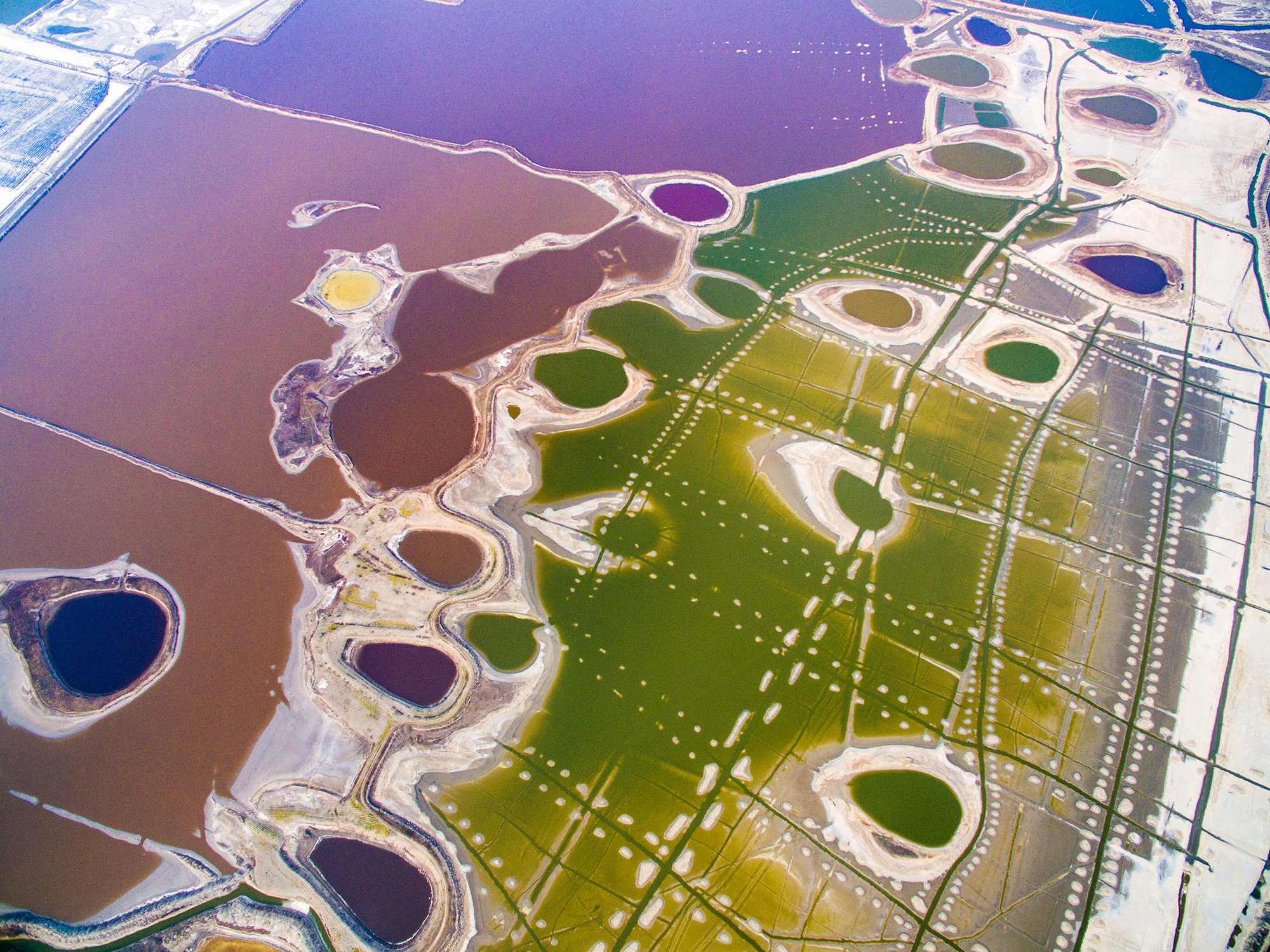
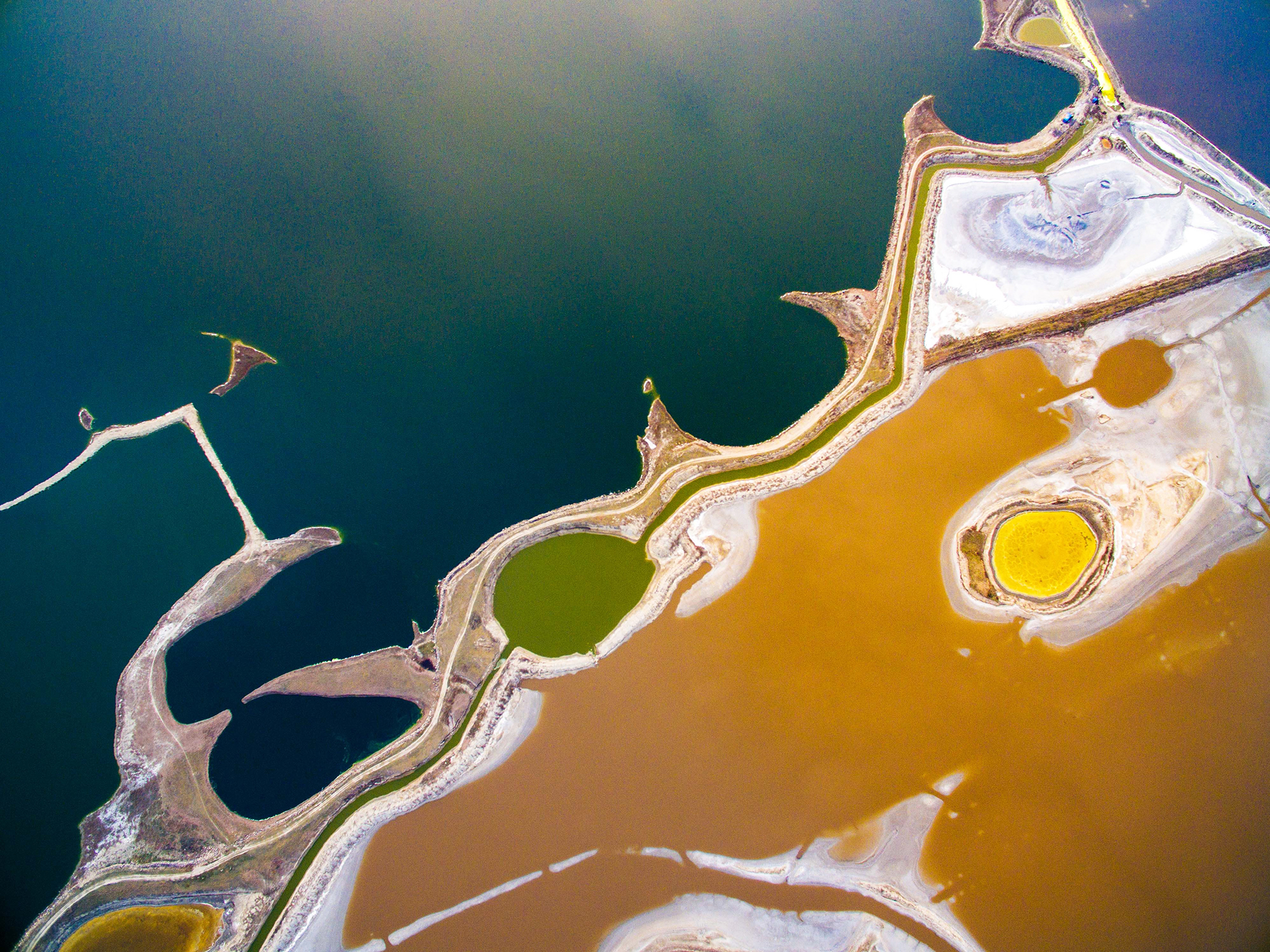
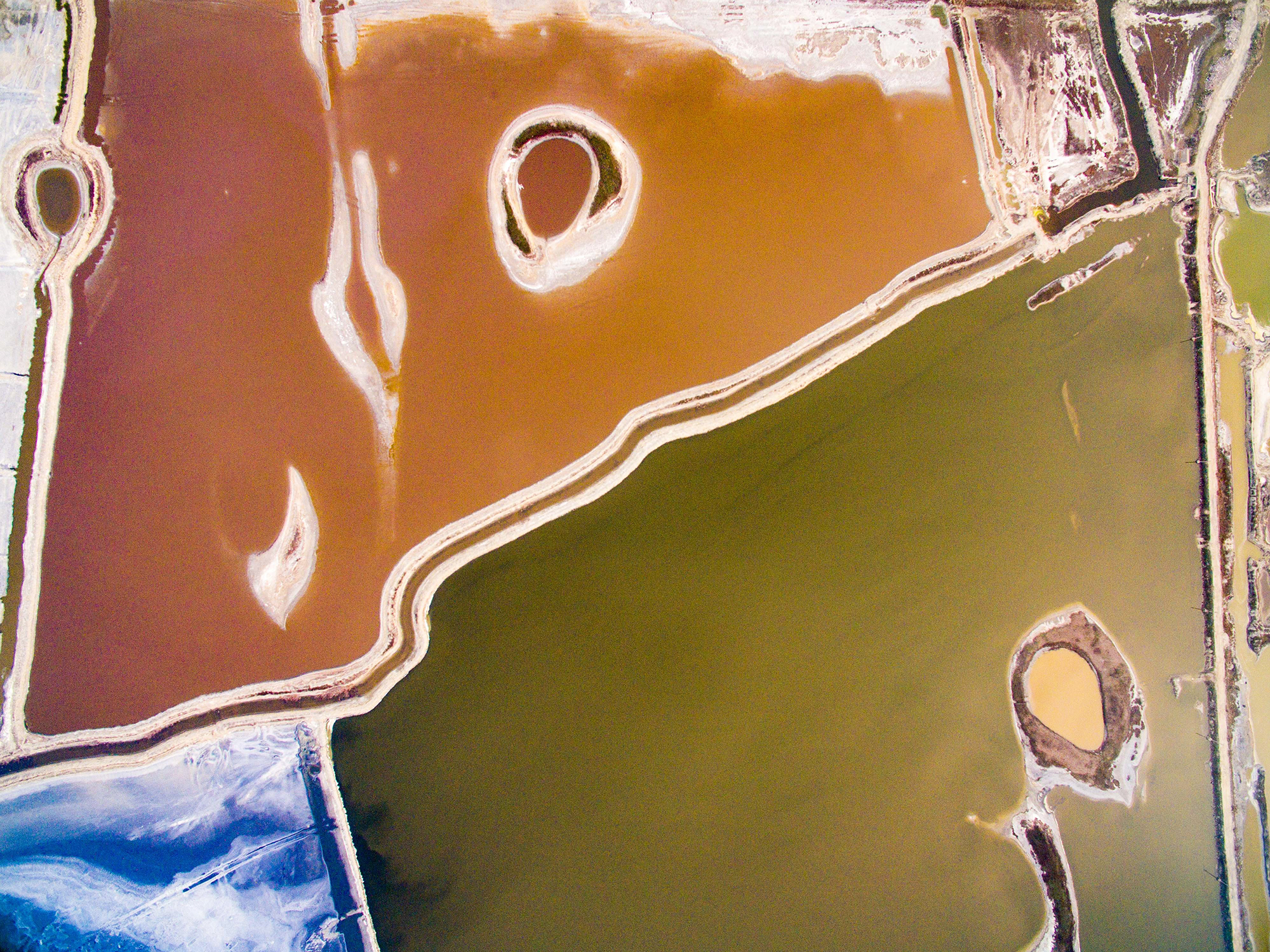
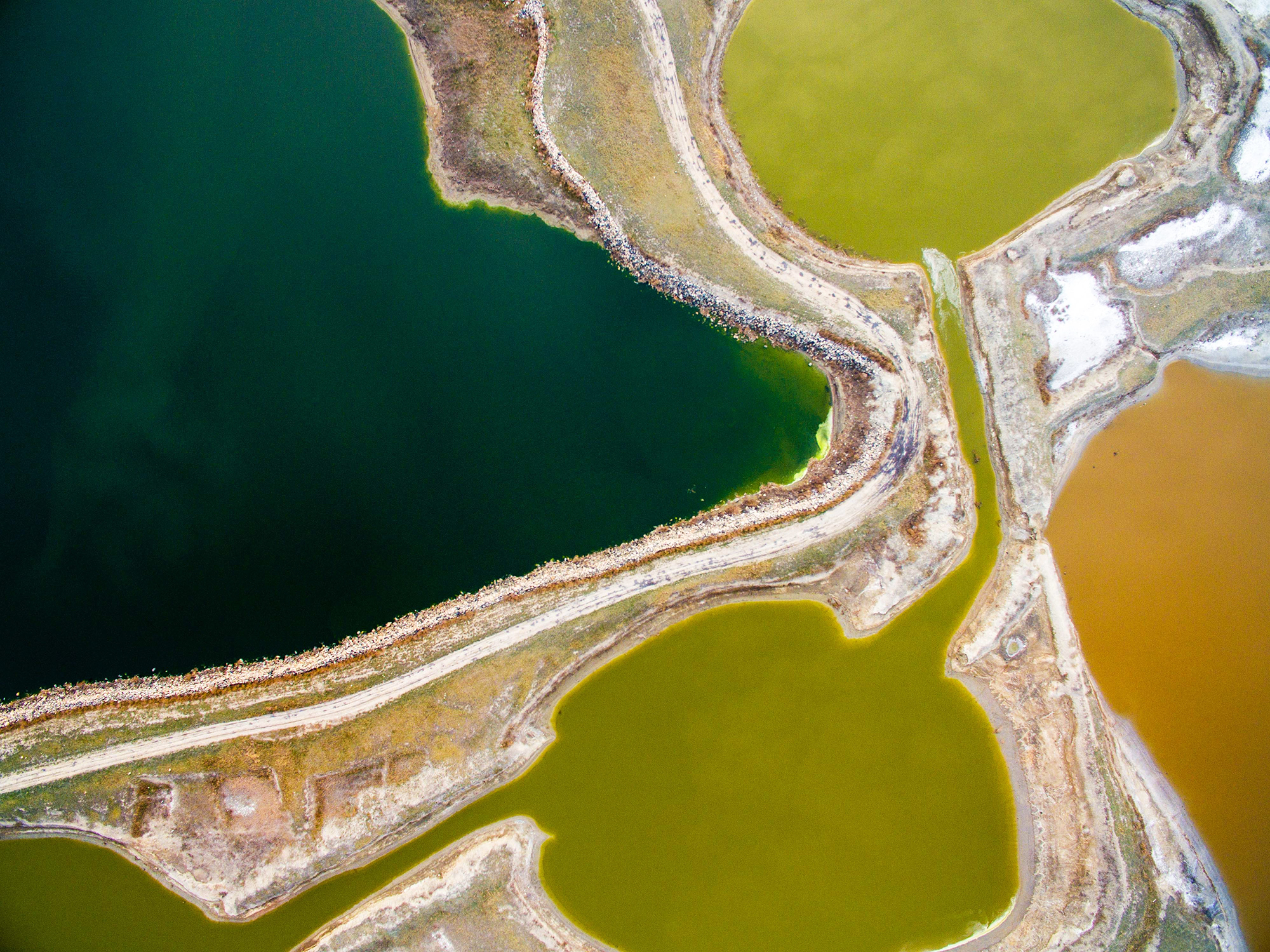
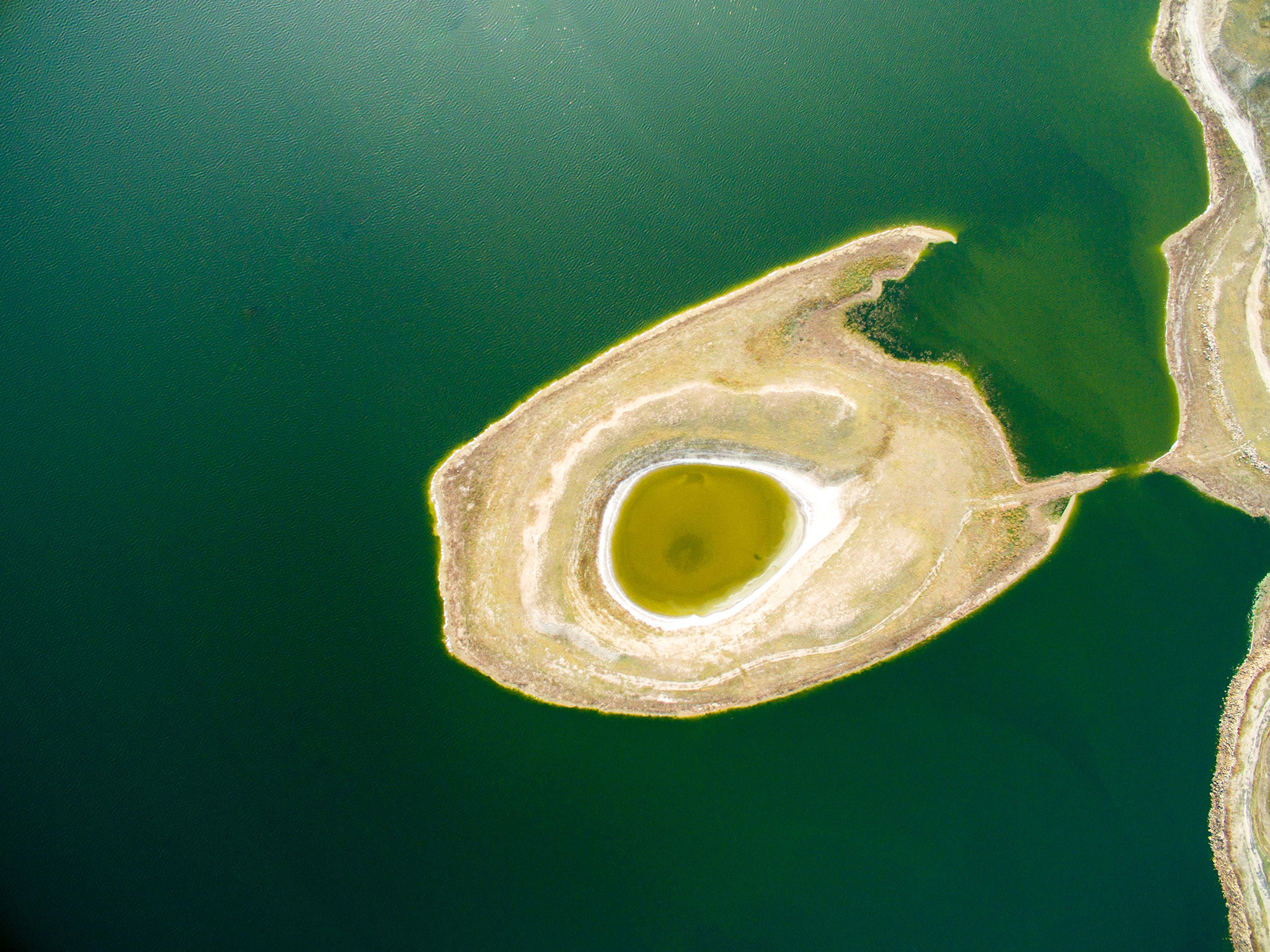
More Must-Reads from TIME
- Cybersecurity Experts Are Sounding the Alarm on DOGE
- Meet the 2025 Women of the Year
- The Harsh Truth About Disability Inclusion
- Why Do More Young Adults Have Cancer?
- Colman Domingo Leads With Radical Love
- How to Get Better at Doing Things Alone
- Michelle Zauner Stares Down the Darkness
Contact us at letters@time.com